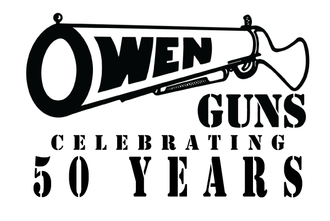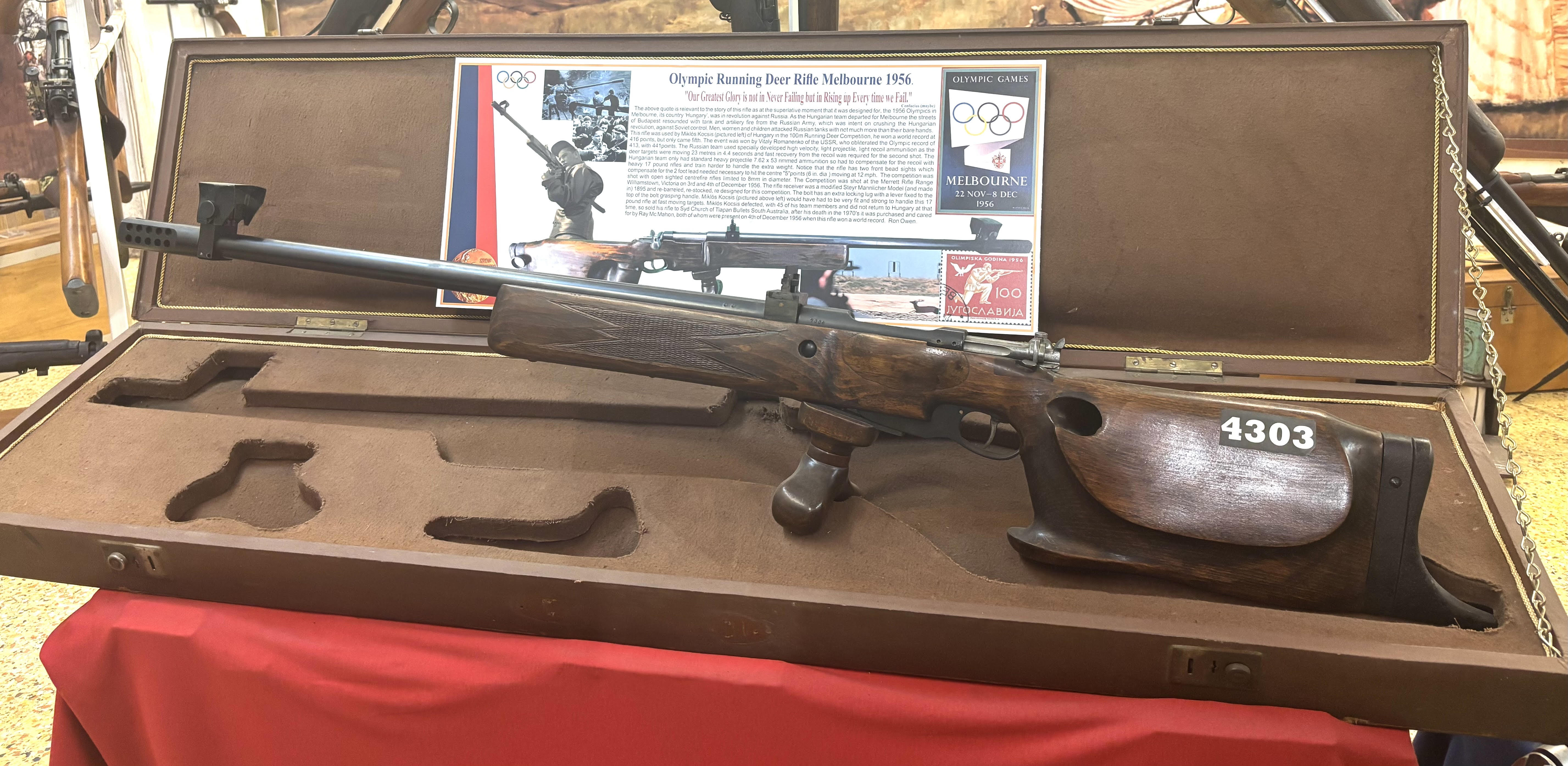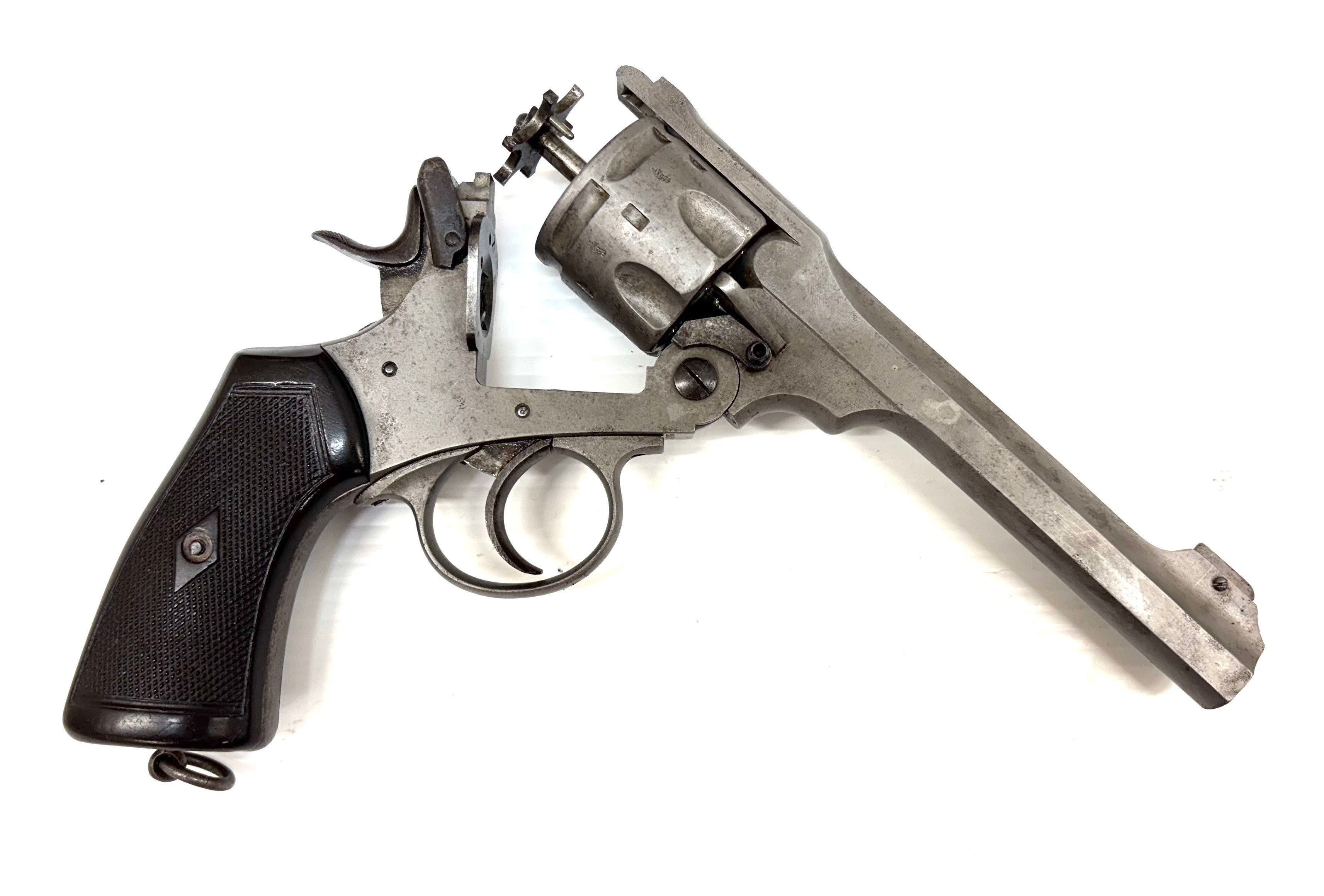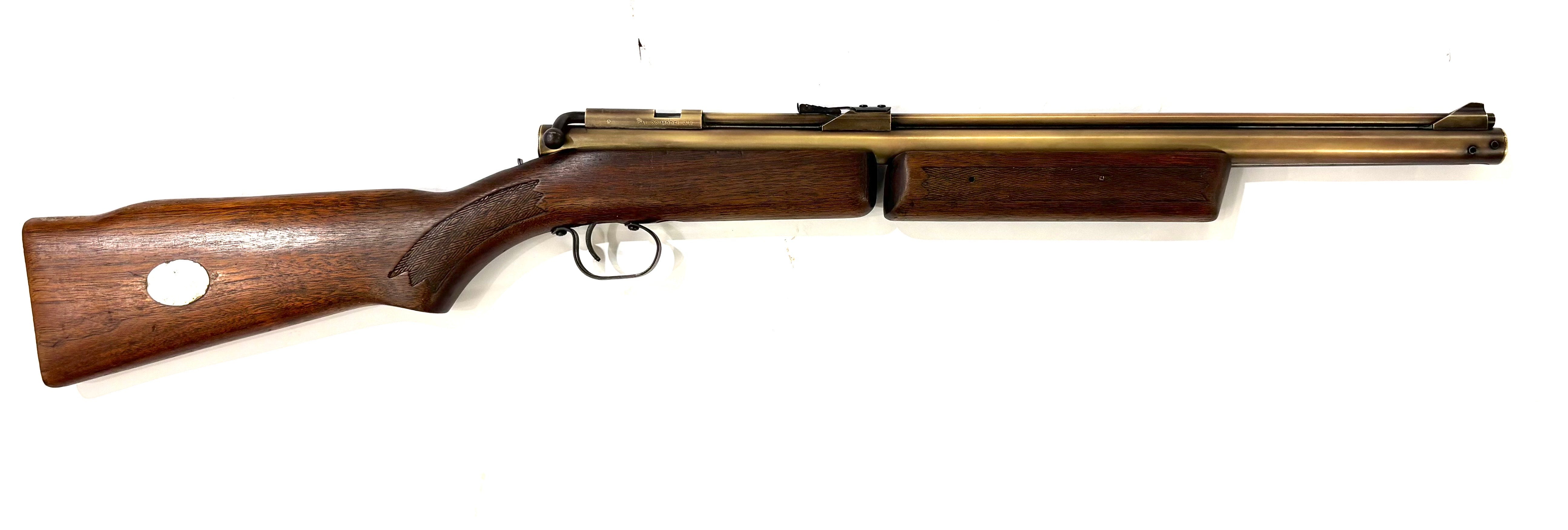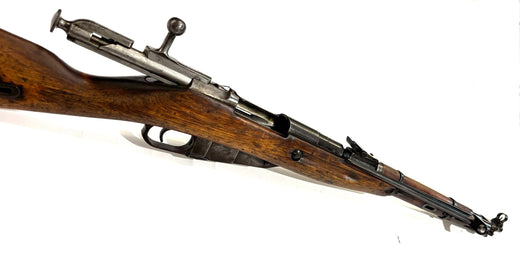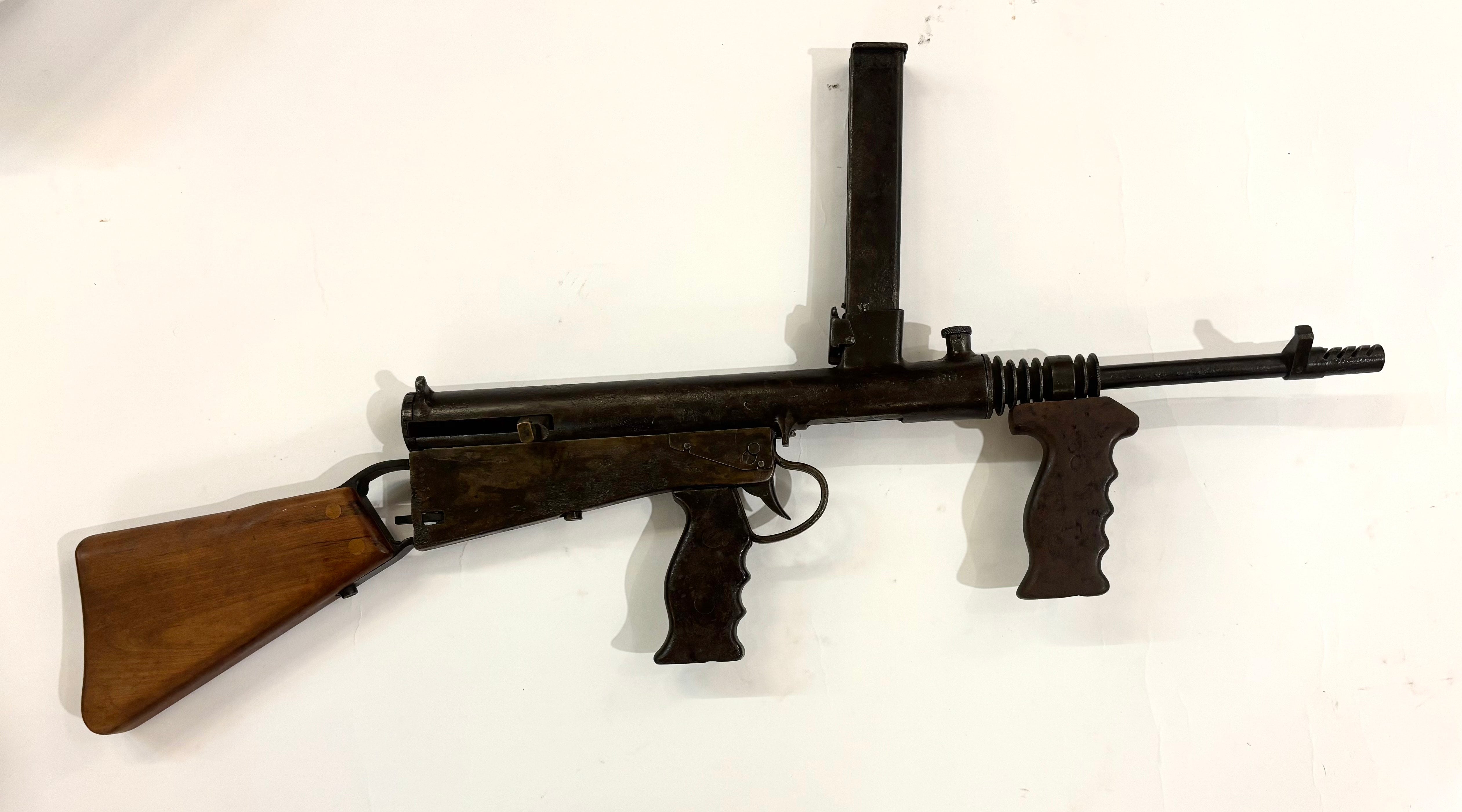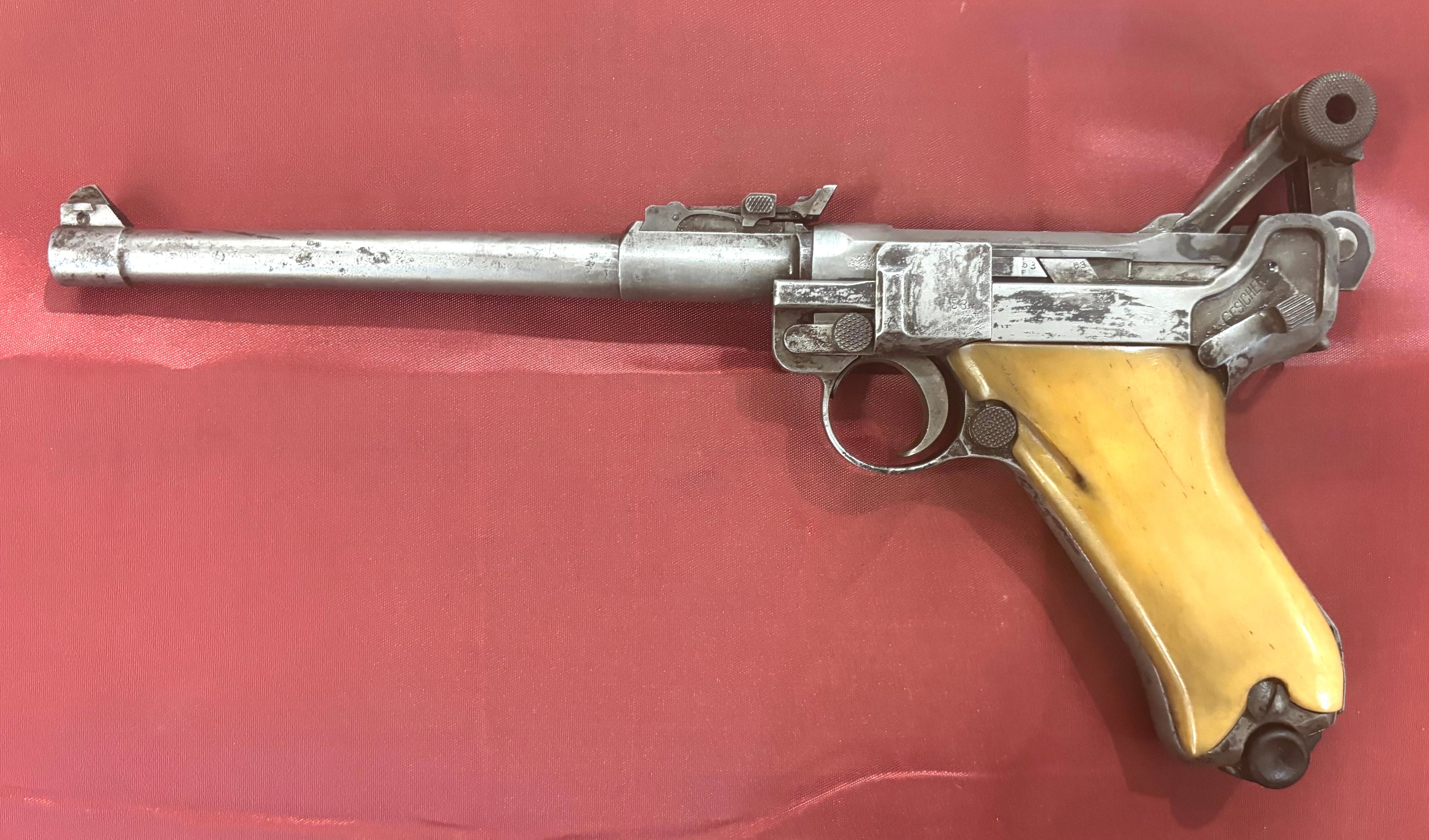
Luger 08 Pistol
This week for Firearm Friday we are bringing you the Pistole Parabellum or more commonly known as the Luger or Luger P08 pistol.

The Luger is a toggle-locked recoil-operated semi-automatic pistol. The Luger was produced in several models and by several nations from 1898 to 1949.

The design was first patented by Georg Luger. It was meant to be an improvement of the Borchardt C-93 pistol, and was initially produced as the Parabellum Automatic Pistol, Borchardt-Luger System by the German arms manufacturer Deutsche Waffen- und Munitionsfabriken. The first production model was known as the Model 1900 Parabellum.

The Luger was officially adopted by the Swiss military in 1900, the Imperial German Navy in 1906 and the German Army in 1908. It was widely used in other countries as a military service pistol and by police forces, the Model 08 was eventually succeeded by the Walther P38. https://owenguns.com/blogs/museum-weapons/the-p38

The Luger is well known for its wide use by Germany during World War I and World War II, The name Parabellum comes from the Latin phrase Si vis pacem, para bellum; "If you wish for peace, prepare for war.".

The Luger has a toggle-lock action that uses a jointed arm to lock, as opposed to the slide actions of many other semi-automatic pistols, such as the M1911. After a round is fired, the barrel and toggle assembly travel roughly 13 mm rearward due to recoil, both locked together at this point. The toggle strikes a cam built into the frame, causing the knee joint to hinge and the toggle and breech assembly to unlock. The barrel strikes the frame and stops its rearward movement, but the toggle assembly continues moving, bending the knee joint upwards, extracting the spent casing from the chamber, and ejecting it. The toggle and breech assembly then travel forward under spring tension and the next round is loaded from the magazine into the chamber. The entire sequence occurs in a fraction of a second and contributes to the above average mud resistance of the pistol.

During World War I experiments were conducted to convert various types of pistols to fully automatic machine pistols, including the P08. The Luger proved to have an excessive rate of fire in full-automatic mode, as did the Mauser C96. The 'snail drum' magazine for the MP 18, which was used by German Stormtroopers towards the end of the war, was originally designed for the Artillery Luger

Luger pistols were manufactured in Germany and Switzerland to very close tolerances and exacting standards using the highest quality materials of the day, giving the original pistols an extremely long service life.

The Luger was replaced in service in 1938 by the Walther P38, but ever-growing wartime demands for handguns resulted in continued P08 production by Mauser until December 1943. Mauser production was supplemented by a small contract for Luger pistols given to Heinrich Krieghoff & Son of Suhl in 1935 to produce a Luger variant for the Luftwaffe, a second contract for 15,000 pistols was only partially completed when Krieghoff ceased Luger production in 1944. Germany took their last delivery of Mauser-made pistols in November 1943. A further 4,000 pistols assembled by Mauser in December of that same year were sold to Portugal, which renamed them the Model 943.

Captured Lugers were much prized by Allied soldiers during both of the world wars as war trophies. However, during World War II, German soldiers were known to sometimes use a discarded Luger pistol to lure unsuspecting trophy hunters, rigging it to detonate landmines or hidden booby traps when disturbed. Word also spread of accidental discharges and deaths of Allied troops by users unfamiliar with the P08 and its safety mechanisms, as well as stories circulating that American soldiers were being executed if captured in possession of German weapons.

Soviet forces captured tens of thousands of Lugers but they were never issued to their own troops, only kept in storage.

The adoption of the Lange Pistole 08 or LP 08, known as the "Artillery Luger", was authorised by the Kaiser on 2 July 1913. This P08 variation was equipped with a 200 mm barrel, an 8-position tangent rear sight and a board-type shoulder stock with an attached leather holster. In the event of close combat, the pistol was intended to be used as a carbine with the shoulder stock attached to a lug mounted on the heel of the pistol frame. When set for long range use the rear sight element visibly moves to the left to compensate for spin drift. Stoßtruppen (stormtrooper infantry) units frequently employed the Artillery Luger equipped with a new large magazine, the 32-round Trommelmagazin or 'snail' magazine. Production of the LP 08 ended in 1918 with the end of the war. By that time, German troops had begun using the newly developed MP 18 submachine gun in place of the LP 08 for their stormtrooper assault companies. However, by this time enough LP 08 barrels had been manufactured and stockpiled to fill LP 08 export orders into the 1930s.

Luger pistols were produced in many more variants and even produced after their production ended, we have many Lugers on display here at Owen Guns and would love to give everyone the opportunity to view and enjoy these pistols.





